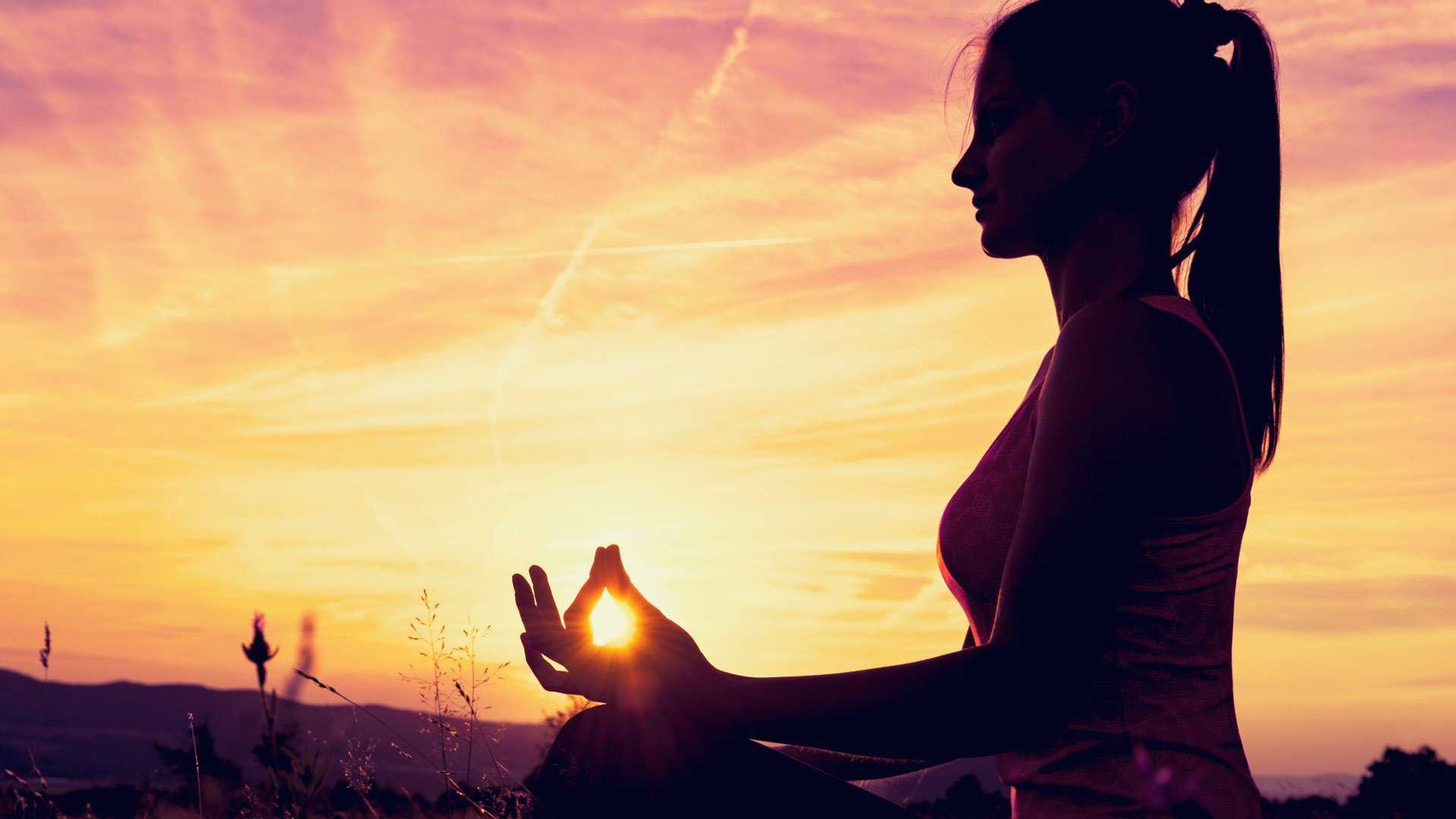BY: TRISHA CURLING
If we are honest with ourselves anything we have accomplished or achieved in life has required consistency. We are lying to ourselves if we think that we can cut corners or do things the way that we always have in the past to achieve different results. If we discuss yoga in a therapeutic context, we must factor inconsistency in our quest to “heal” the body or at best alleviate some pain. Consistency, I believe implies a time period at the beginning that may be slow to endure because we want to change so quickly.
If we come to yoga to heal our physical bodies, we must first understand that the body needs to be examined. Working privately with a yoga teacher can help to guide us in the right direction. The first step is taking time to look at movement patterns, palpating areas that are experiencing pain and communicating the way the body feels in different scenarios. It is only then that we can start very slow subtle movements that may or may not be helpful. I say this because we are all different and our experience with pain can also be very different. Doing these things in the beginning stages of healing is extremely important. We must realize that in this state we are already healing. We are becoming more aware of our bodies and we are changing the relationship with the brain connection to different areas. It also helps to inform what we should stay away from.
The next step is creating stability, strength, mobility, and flexibility in the areas that need it. Working through poses that provide this nourishment is where we need to create this consistency. The body will respond and internalize these new patterns that are being created with movement and cause it to change. In this “middle stage,” we are still exploring, but we are also developing routines by setting aside time to execute these new movements and poses. This is imperative because this is when we are actually starting to see some results from the time we have spent on these poses. Our consistency becomes a commitment to ourselves. It becomes our promise to attend to our bodies in a better way and have a healthier relationship with it. It doesn’t mean we are perfect, but we must develop an attitude that no matter when we fall off, we have a better ability to recover and get back up.
There is nothing like feeling better to provide some motivation for us to keep going. This takes us into a phase where we are more confident in our movements and possibly even being more daring to try new things, and/or do things that we did not think we would ever do again. It takes time and patience before we get here. Here, we also understand that there may be some overlap of the other phases because of the new experiences our bodies continue to have.
This is why yoga is a constant journey. There is no point at which we are finished. Trusting the process and believing in ourselves is a crucial part of creating this consistency. We must listen to the challenges that arise and allow them to be guides that take us in the right direction of healing. This is yoga’s commitment, an unconditional commitment to self.

